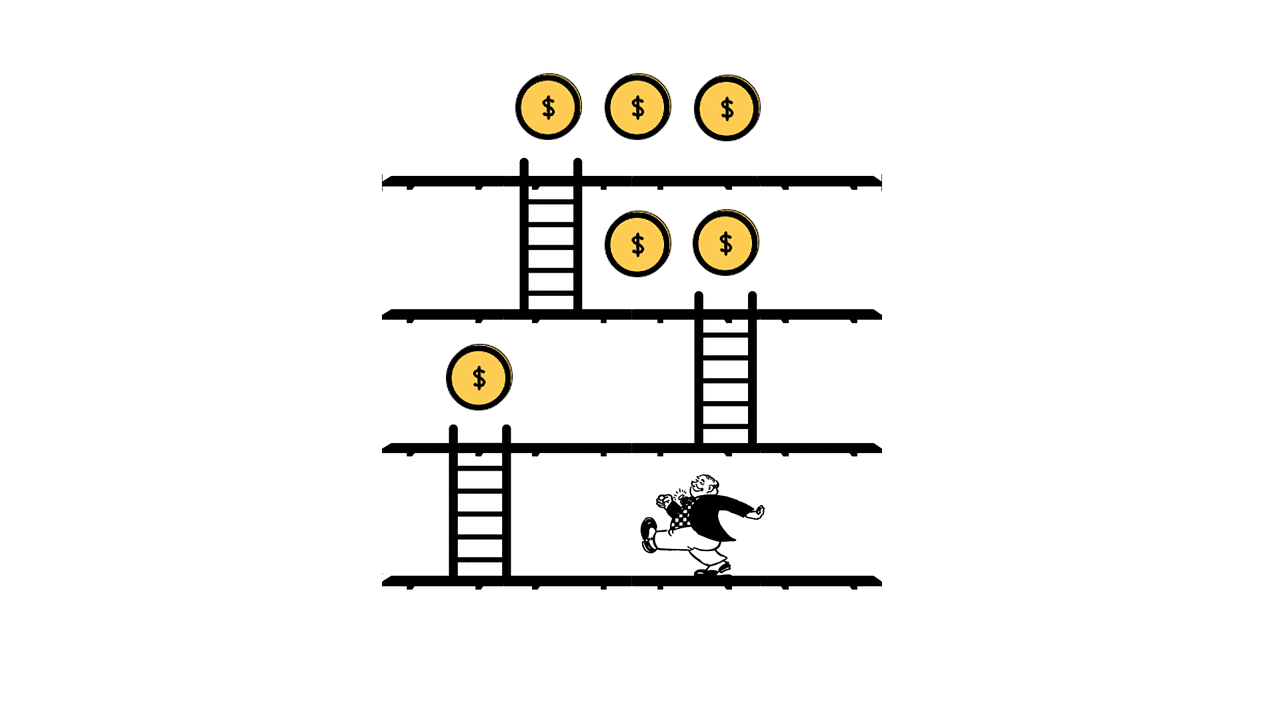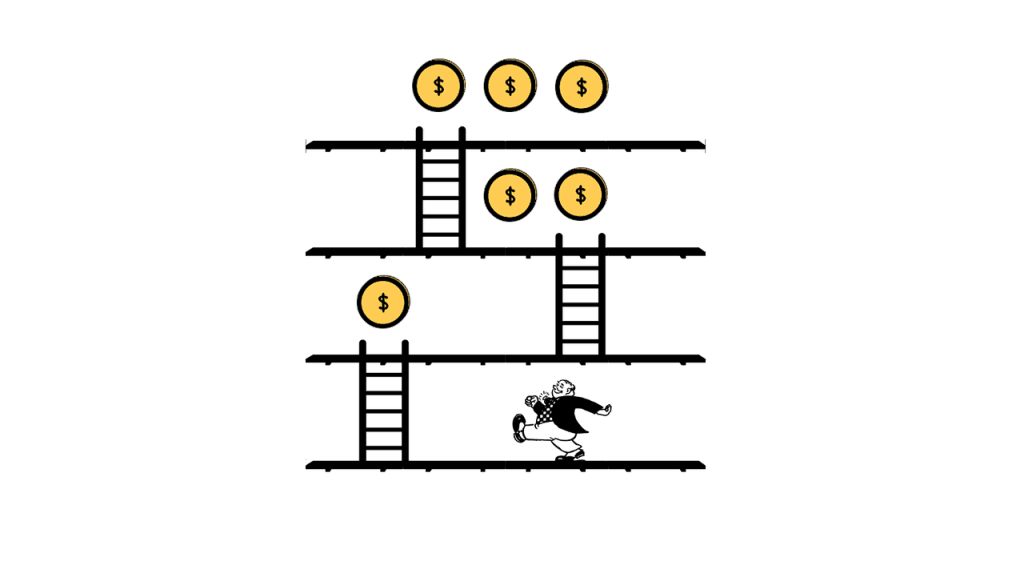Gamification is a real buzzword in marketing circles, but was in fact shortlisted for the Oxford English Dictionary’s Word of the Year as far back as 2011. So, it’s not a new concept, but what is gamification exactly, and why is it relevant to the field of marketing?
Gamification can be defined as the addition of game-playing characteristics to something which is not game-related. For example, you are trying to sell a product and you want users to engage with that product, so you introduce game play in order to develop interest in that product. Previously, in the pre-digital age, that might have been through in-store promotions which encouraged visitors to participate in a price-prediction game, for example. However, with continued developments in technology, the opportunity to implement gamification methods has become far more widespread and innovative.
That said, how can you set about introducing effective gamification to your digital marketing strategy? How can you introduce games which increase engagement with your product, and which ultimately lead to an increase in sales? Here are ten considerations when setting about introducing gamification to your digital marketing approach.
What are you trying to achieve?
This is the first step when it comes to any marketing tactic – what do you want to get out of it? If the answer is that you want to raise brand awareness, then your gamification strategy must ensure that it gets your name out there to the masses, and also educates with regards to what your brand is all about and what you stand for. If you want to simply get email addresses, then of course ensure that users have to sign up before participating. Think carefully about why you are doing this, and ensure all of your thinking is joined up.
What’s your process?
So now you understand why you want to do this, the next question you need to ask yourself is ‘can we do this?’ That is, will your current processes support what it is that you want to roll out in terms of your gamification strategy. And we are by no means only talking about technological processes here either, as it could also be about your brand. Is the image that your brand currently emits really something that you want to raise awareness of, or will there be a reshaping of that image that the gamification strategy will seek to support?
“One of the most common problems I see in businesses is a marketing approach that does not sit comfortably with the reality of the brand, product, of business processes. Everyone within the business must be working to the same end, and a fully integrated marketing strategy must be in operation before gamification tactics are utilized,” warns Peter Sargent, an ecommerce analyst at State Of Writing and Essayroo.
Think about how you can add value quickly to ways in which users are already engaging. Is there something that they are doing that can be easily gamified? If the answer is ‘yes’ then the chances are that you already have the processes in place to support what you want to achieve.
Have you targeted the right audience?
This is one of the cornerstones of an effective marketing approach. Have you identified your audience, and are you reaching out to them on the right platform? From here you have to consider if gamification in general, and then specifically what kinds of games will appeal to that kind of audience on that kind of platform. Look at what your competitors are doing as an effective example here. Look at what devices and tools your audience typically uses, and develop games which are supported this way.
What is your scope and what are your cost restraints?
These questions can be simplified by referring them to time and budget. Scope covers so much more than just time and audience, but it’s a great way to start thinking about whether what you want to do is achievable within the timeframe you have set aside for it, not to mention the budget you have available too. Gamification need not be expensive at all – there are countless examples of simple, cheap games which already engage audiences effectively (think quizzes which can be built in WordPress with minimum of fuss) – but you need to know your parameters.
Take a long-term approach
That all being said, gamification really should be part of a longer-term approach. There may be simple games which can equate to quick wins, but really you should be looking at this from a longer-term viewpoint – as a technique which will improve awareness and engagement in your brand and product, and which will eventually manifest in improved conversions. “Playing an online game which only hints at your brand is really the first step in a much longer quest for conversions, and it is those business that use gamification in that way that have the most success,” says Adam Scott, marketing expert at Boomessays and Write My Essay.
It’s not just about the best
Never seek to only reward those who only ‘win’ in whatever game you are utilizing. Of course, in most cases there can only be one ‘winner’, which means the vast majority of those who have participated leave empty-handed and perhaps with a bitter taste in their mouth as they have seen no reward for their time. Of course, if your game is enjoyable, then this issue becomes secondary, but participation is really something that should be acknowledged, and should be the fact that drives rewards, not just the winning.
It’s not all about rewards either (be creative)
And it’s certainly not all just about these rewards either. The problem with rewards is that they cost your business (how long can you effectively support this type of rewards strategy?) but they also end up creating the wrong kind of expectation among those who participate – they only do so because they think they can get something out of the process, and may therefore not engage in a meaningful way.
As for the rewards themselves, be as creative as possible, because simply handing out free stuff will only work for so long in a business context. Instead think about where you can bestow recognition on a user (think online promotion, for example, which enhances a user’s personal reputation). Often the best rewards are those which do not cost at all.
Give your users a better experience
Games are fun, and people love playing games. Add in a competitive edge and people can’t get enough. If you compare this to the traditional marketing approach of written or visual content, then you can really see how much more enjoyment users will potentially get from games as opposed to a marketing approach that simply states the information you are seeking to convey – even if it’s full of humor.
“Marketing has traditionally been low on audience participation, so this is where gamification really steps up. Your average TV commercial provides nothing in terms of real participation, so this is where the internet has really provided an edge,” says Jordan South, an analytics manager at Academized and Revieweal.
Get your message across
This is really all about awareness: awareness of your brand and what your offerings bring to the table. And that there is one of the major benefits of gamification: it really boosts awareness.
A simple example would be the way news sites provide readers with the chance to involve themselves in quizzes regarding the week’s news: not only can users therefore test themselves on current affairs, they can also learn more about the news in questions. This is exactly the type of awareness you are aiming for, so ensure that your games play a dual role of being fun and informative. That’s the target.
Track and report


As with all of your marketing tactics, it is imperative that you track, measure and report every aspect of what you are doing. Failure to do so is a failure to assess the impact that your strategies are having, and from a business perspective, gives you no idea of return on investment.
Gamification is no different. The development and roll out of gamification techniques will cost both time and money. So, is this a viable strategy? Is it really boosting sales? How can it be improved? Tracking and reporting will give you the answer to all these questions and more besides. What sort of engagement are you getting from your gamification strategies, and ultimately what are the effects on sales? Gamification can boost your bottom line – that is the whole point of this article – but like so much else involved in the marketing sphere, there is much trial and error before you discover the approach that truly works for your business. Failure to track and report is a failure to adapt to what your business truly needs.
Takeaway
There we go. Gamification, if performed with these ten considerations in mind, will truly contribute to your business’ performance as it increases engagement with and understanding of your product. There are countless ways to go about it, so a detailed understanding of what you are trying to achieve and who your audience is, as ever, remains vital.
Marketing expert Aimee Laurence can be found at Essay Services and Research Papers. Her digital marketing insights, providing valuable tips to all types of industries, can also be discovered at Assignment writing services.





